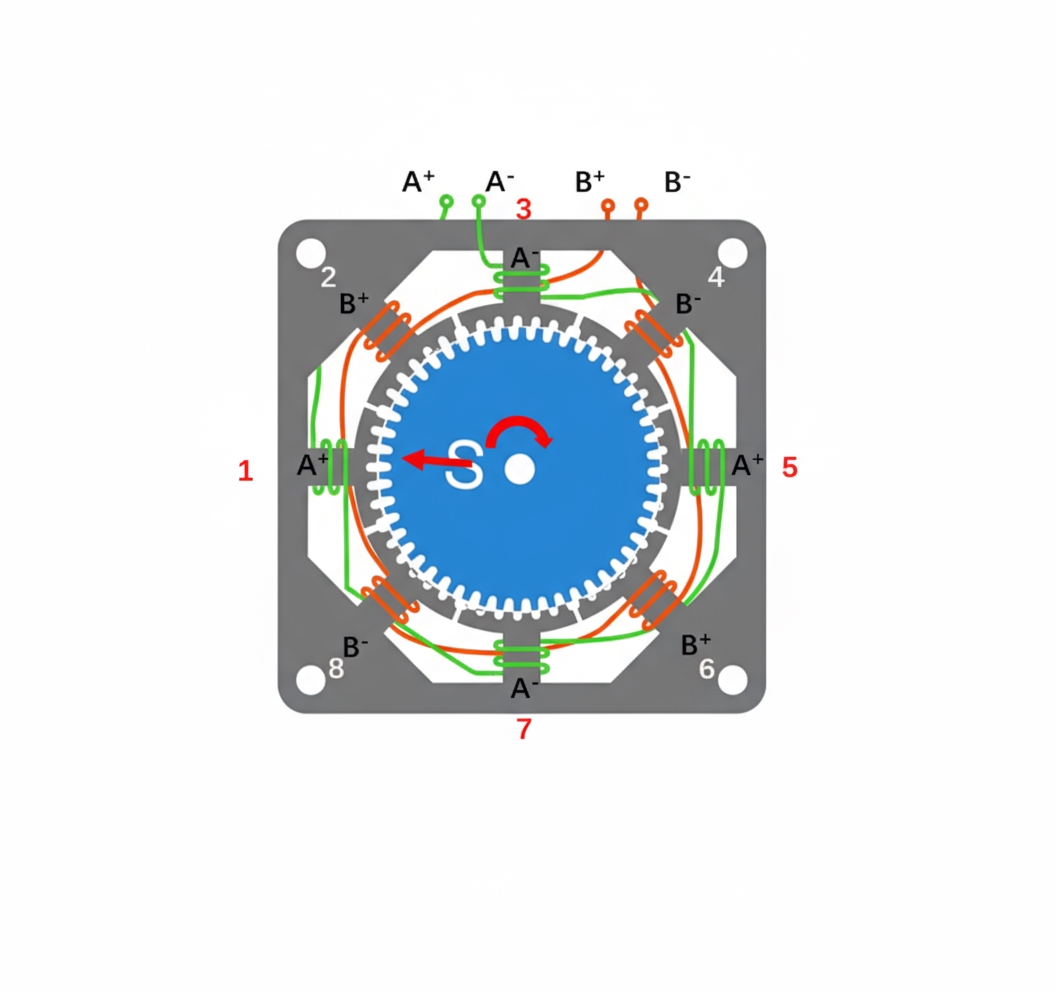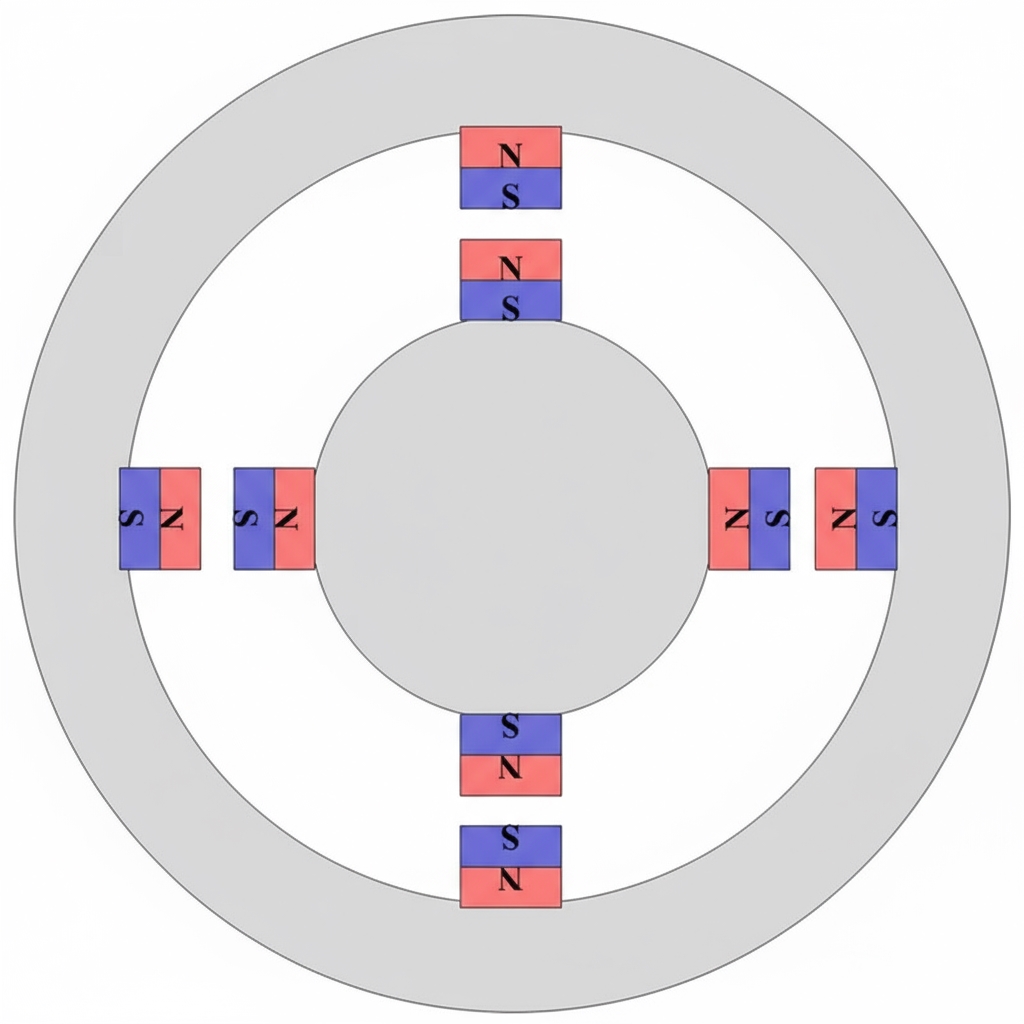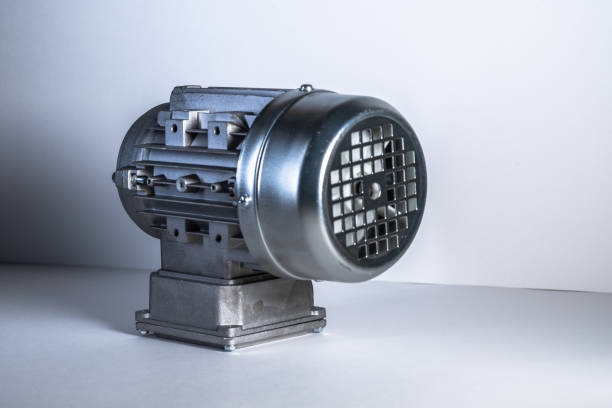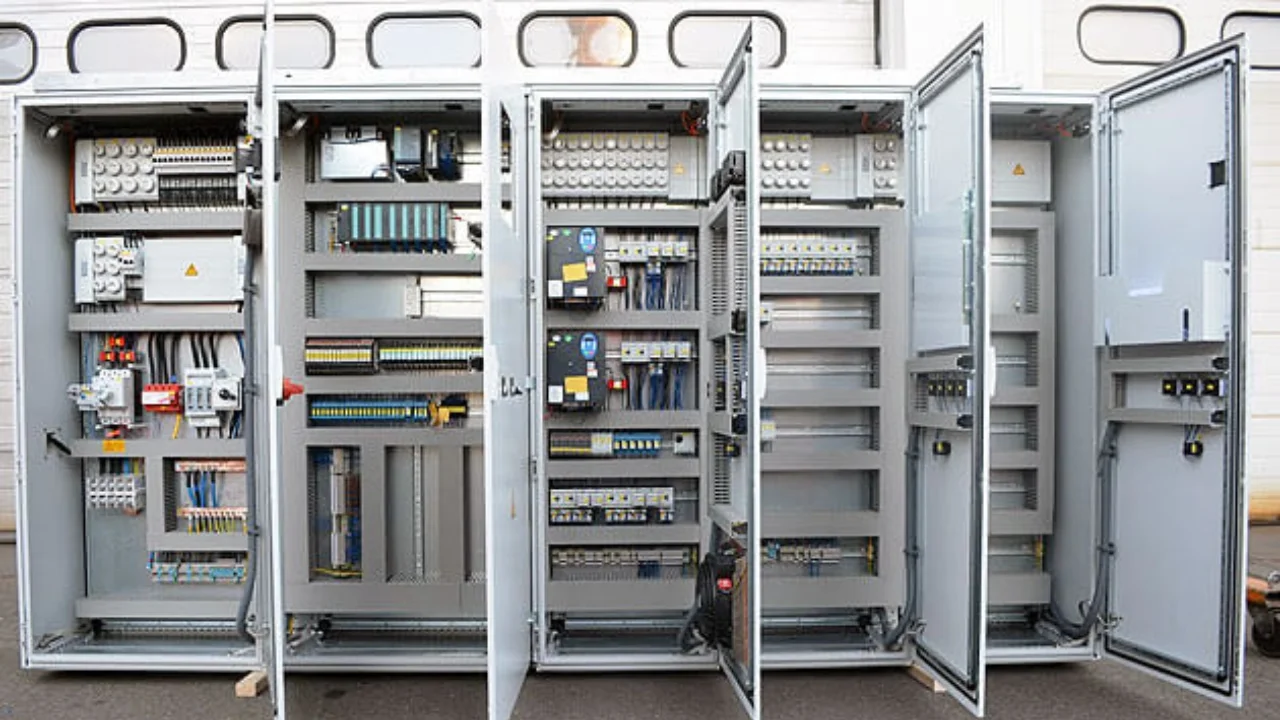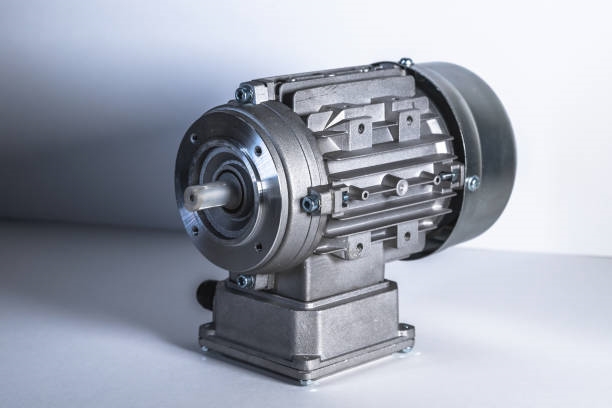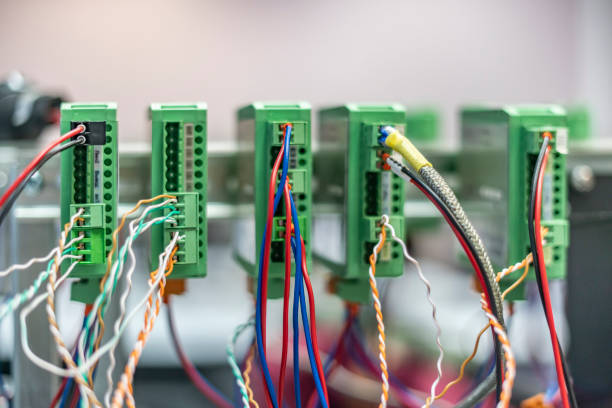
- A PLC is a programmable logic controller that typically performs direct hardware control and operates as a lower-level, or field-level, system. A host system is usually a microcomputer running industrial control software that can extend control to PLCs, functioning as a supervisory, or higher-level, system.
- A PLC collects signals from field equipment and controls devices. A host system interfaces with PLCs to display status and to issue control commands. The relationship is host system → PLC system → field equipment.
- In communications, the device that actively sends data packets is considered the host system, while the device that passively receives and responds is considered the lower-level device.
A PLC can act as either a host system or a lower-level device depending on the configuration. When a PLC is acting as the host system, there is effectively no distinction between the two roles. When acting as a lower-level device, the PLC is subordinate to the host system.
Examples:
- When a touch screen communicates with a PLC, the touch screen typically functions as the PLC's host system, and the PLC functions as the touch screen's field device.
- When a PLC communicates with a variable frequency drive (VFD), the PLC typically acts as the host system and the VFD as the field device.
- When a touch screen communicates with a PLC, and the PLC also communicates with a VFD through a separate port, the touch screen is the PLC's host system while the PLC is simultaneously the touch screen's field device and the VFD's host system. In this setup the PLC functions as both host and field device.
The automation industry is increasingly overlapping with software development. Many PLC engineers are realizing the importance of mastering a programming language.
After a PLC engineer learns general-purpose programming, the most immediate benefits are a deeper understanding of underlying principles and a broader technical stack. This enables single-handed project tasks such as feasibility assessment, drawing, component selection, PLC program development and debugging, host system development, and even upper-layer web or mobile interfaces.
Case example: a common industrial motion control application, covering hardware selection, program design, local debugging, and host system development and debugging. This example is relatively simple but effectively demonstrates integration between PLC and host system and is suitable for beginners.
Work Travel
In the industrial control field, host system roles generally require shorter business trips than PLC roles. Typical durations reported in the Chinese market are one to five months for host system work and five to twelve months for PLC work. Engaging in standard machine software development usually reduces travel frequency.
Compensation
In the Chinese market, reported monthly salaries tend to be higher for host system engineers than for PLC engineers. Typical figures cited are approximately CNY 10,000 per month for host system engineers in the first year versus around CNY 6,000 for PLC engineers. After three years, host system salaries can reach around CNY 14,000 per month versus CNY 9,000 for PLC engineers. After six years, host system salaries may reach about CNY 25,000 per month compared with CNY 12,000 for PLC engineers. If reducing travel is a priority, transitioning to standard machine software work is an option.
Career Development
Both host system and PLC roles often involve frequent overtime. For career development, it is useful to focus first on building professional relationships and workplace experience. Although technical growth may be gradual early on, learning technologies such as machine vision and motion control provides a solid foundation for future advancement. Many engineers use spare time to take on freelance work or to study emerging industry technologies.
In summary, both host system and PLC roles have distinct advantages and limitations. The choice between them should be based on individual circumstances and career plans.
 ALLPCB
ALLPCB


